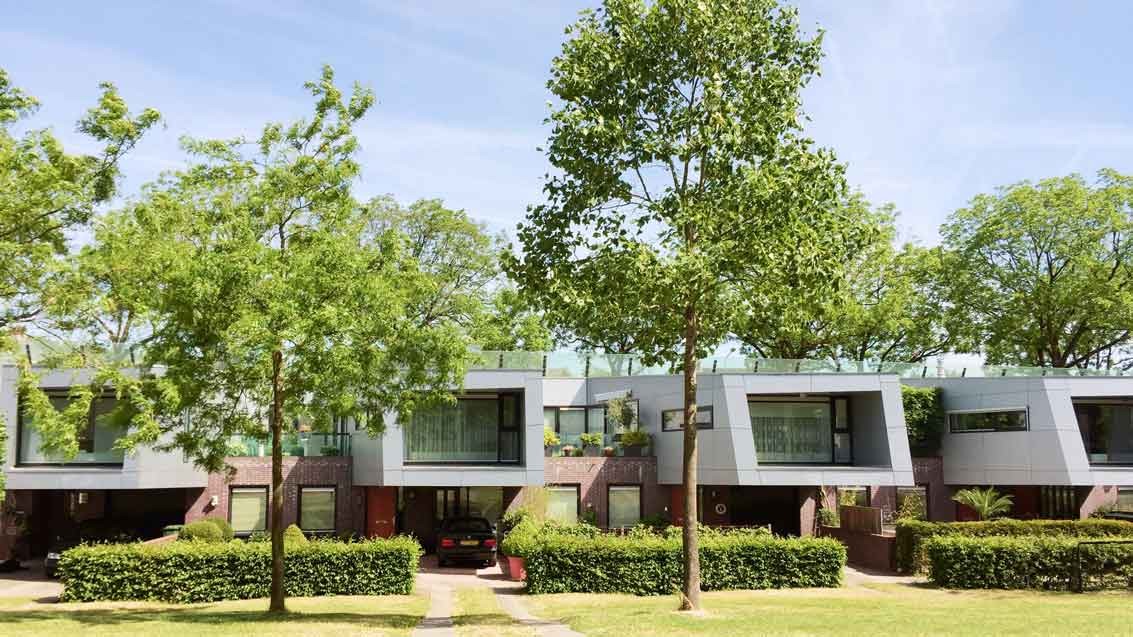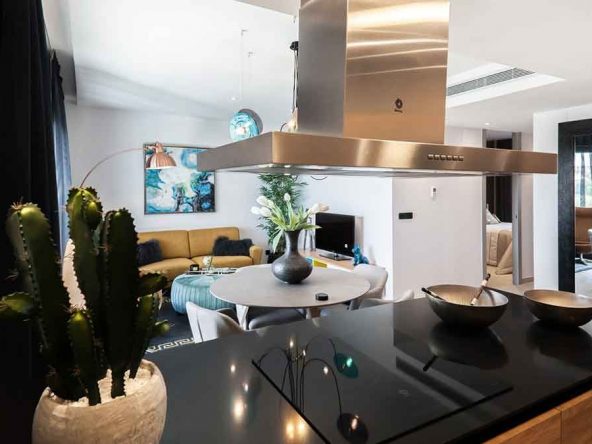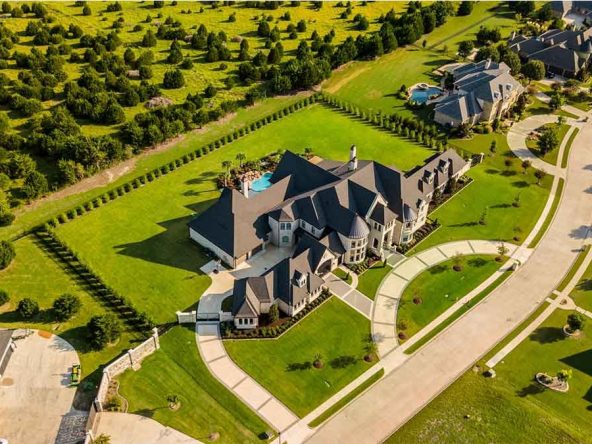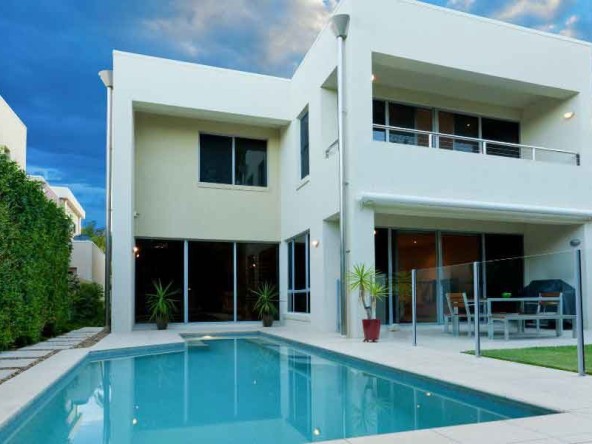Plants might have superpowers when one considers how much they do. They turn water and sunlight into fruits, seeds, beautiful flowers, and oxygen. Unfortunately, most people do not notice them except for enthusiasts, gardeners, landscape engineers, to name a few. Sometimes the climate or soil is just not right to facilitate the growth and survival of these plants. This is where an awesome structure such as a greenhouse becomes useful.
A greenhouse is a predominantly enclosed glass structure used for gardening. It can be free-standing or attached to the main building and accessed through an indoor passage. Greenhouses extend growing seasons.
Modern DC Homes
The Washington, DC region’s housing growth has had several implications on the climate over the past few decades. Homes with modern architectural design are popular among different demographics in the DC region. Modern houses with greenhouses are selling like pancakes. Neighborhoods such as Crestwood and Forest Hills of District and Hollin Hills, and Lake Barcroft and Wessynton of Northern Virginia have enhanced their reputations for their modern architectural design-influenced homes.
Housing trends correlate with energy consumption, which forms essential components of household carbon footprints. A climate-friendly growth strategy is recommended for the region to reduce harmful gases by encouraging changes in housing patterns. This can be done by building smaller and more energy-efficient homes with greenhouses as an essential structure. Greenhouses help control the heat and humidity in households, leading to overall climate control.
Homes with Green Houses
Greenhouses in homes expand the functional living space, and many homeowners can even choose to use it as a living room or a dining room. Greenhouses also heat the home passively during winter and create a more humid environment for people living with respiratory conditions.
The greenhouse is heated partially by sun rays and artificial means like hot air, hot water, or circulating steam. Solar panels can also be incorporated into attached greenhouses. It saves the household in electricity bills by a lot.
Pros
- The greenhouse is used to grow plants that would not usually survive on exposure to the elements. It protects the plants from adverse climate conditions like wind, cold, excessive radiation, precipitation, insects, and diseases.
- It provides psychological and aesthetic benefits. It is a place to relax and enjoy the warmth in the middle of a cold, grey winter.
- The greenhouse is also a unique, enticing feature for potential buyers when well-built and maintained.
Cons
- Sometimes, the uncontrolled heat and humidity it generates can be a climate burden for the home. This will depend on how the greenhouse is structured.
- Pests are also huge problems in greenhouses. The consistently warm temperatures make pests come out of hibernation to attack the tender seedlings, destroying or stunting them. This only happens if there is NO proper care management.
A greenhouse is a great way to grow your plants, provide supplemental heat to your home, and aesthetically enhance your property. After all, a plant turns sunlight and water into beautiful fruits and flowers; the least we could do is nurture it in private quarters, hence, the greenhouse.




